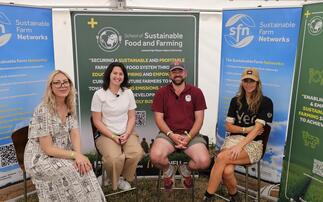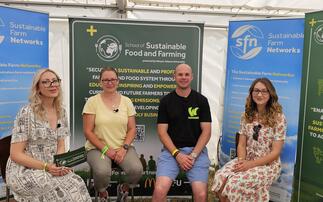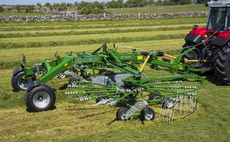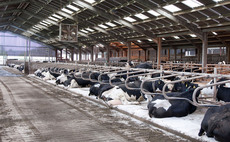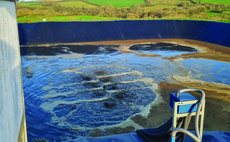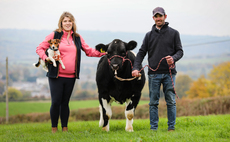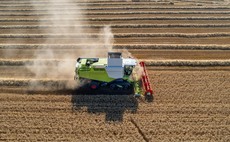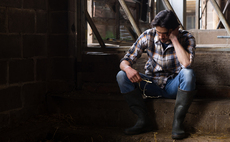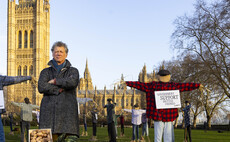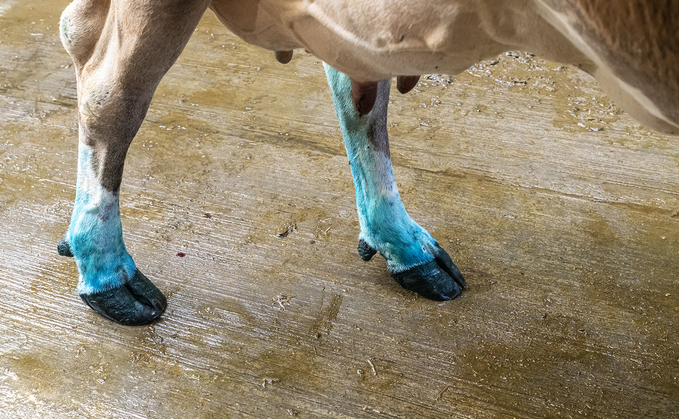
"Making sure you are footbathing cows effectively is vital to reduce the implications of Digital Dermatitis (DD)," comments Adrian Allen from . "Plus regular checks and small changes can make a huge difference.
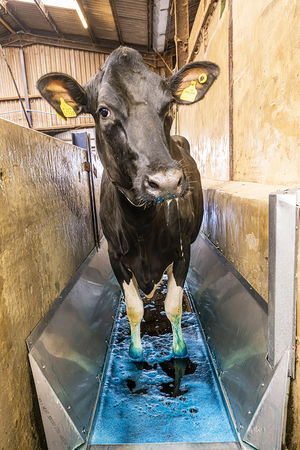
DD is one of the three major causes of lameness, alongside white line disease and solar ulcers. AHDB calculate the average cost of an incidence of lameness to be around £180; a combination of treatment costs, reduced yields and a shortened productive life. Around 25% of cows will be experiencing a degree of lameness, meaning the problem is widespread and requires a herdwide approach to reduce the incidence and cost."
Three key elements are required for DD infections to develop - the presence of bacteria, poor hygiene that leads to the transfer of the bacteria from the environment to the hoof, and compromised skin as bacteria will not cross skin with good integrity.
Good preventative management is essential to reduce the risk and consequences of DD.
Reducing exposure to manure and water which can weaken the hoof is an important first stage. Regularly cleaning alleyways and ensuring cubicles are well-bedded to encourage cows to lie down are two factors in keeping feet cleaner and drier.��
"Using a proven footbathing solution like �� is a key component of any DD control programme and while it is not a way to treat existing lesions, it can play a role in cutting new infection rates, reducing the risk and spread of bacteria. However, footbathing must be done correctly."
Success criteria for effective footbathing
- Achieve good hoof contact with a powerful disinfectant proven to be effective against the major bacterial causes of DD while also promoting better hoof condition.��
- Allow a minimum of two insertions per foot in the solution every time a cow goes through the footbath.��
- Footbaths need to be deep enough to cover the dew claw, 10 cm is usually sufficient.��
- In most cases using disinfectant three times a week will be adequate.
- Use correct dilution rates
- Regularly replenish the solution, ideally after every 250 cows.
- Use a proven footbath disinfectant like Hoofshield Advance.
contains a unique combination of disinfectant, surfactants, and conditioners to improve general hoof quality.
��
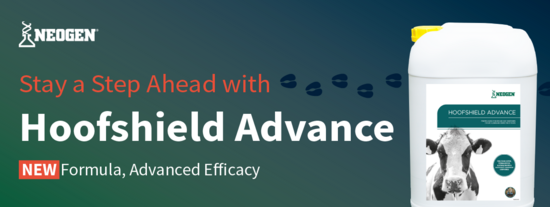
Get your FREE bandage sample:
To claim yours, click the button below
��
It is based on new disinfectant technology, as opposed to traditional solutions. This means that the formulation does not include formaldehyde, copper, glutaraldehyde, and quaternary ammonium compounds. The disinfectant has been independently evaluated according to EN 1656 and is proven to be 99.999% effective against the specific organisms responsible for DD.
The inclusion of surfactants in the footbath solution helps the disinfectant work through the organic matter, increasing the proportion reaching the animal's hooves.
also contains conditioners that are beneficial for general hoof quality while a blue dye shows that cows have been through the bath and all feet have been dipped.
STRIDE - UK Dairy Mobility Initiative
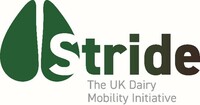
Neogen is delighted to be a partner in this exciting industry-wide initiative committed to helping reduce the consequences of compromised mobility in UK dairy herds and improve productivity.
Complete the and enter the draw to WIN a range of prizes donated by the partners.
��
��
This post is funded by Neogen.





